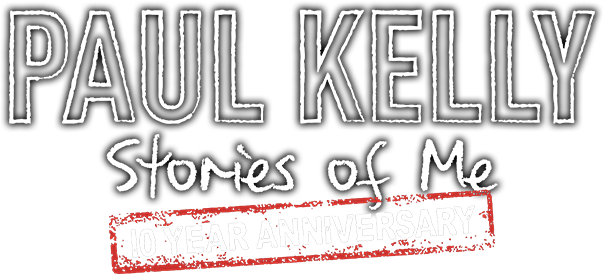Student’s Lesson
Creating a Documentary Text
Stories take many shapes. The same story may be told in different modes and media, with resoundingly different impacts. Stories may be told mimetically, showing or revealing the story, or diegetically, telling the story. In this activity students create an additional piece of footage suitable for inclusion in the documentary.
A documentary is shaped by
- its kairos — the timeliness of its publication to coincide with particular social events
- its relationship between speaker, audience and subject
- the ways it uses appeals to logos, pathos and ethos to engage readers and viewers
(Logos refers to its appeal to clear, reasonable premises and proofs for the views and positions it offers; ethos refers to how the text relates to readers’ own ethical or moral beliefs; and pathos refers to how writers draw on the emotions and interests of readers).
Student activity: Technique
Using the scaffold logos, pathos and ethos find examples where the documentary film technique combines specific language techniques to persuade its audience. You should consider:
|
|
|
|
|
|
|
|
|
|
|
|
|
Class discussion:
— How are these different kinds of textual forms combined?
— What effects do they generate?
— How do they appeal to logic, values and feeling?
Group activity: write a script
- Using a part of one of the texts below as a stimulus for the basis of a scene in a documentary write the script for a new film, selecting and adapting material from it to form the dialogue of your film.
- one of the ten essays written to accompany the documentary (Paul Kelly — The Essays)
Use your annotations on the post production notes as a guide, or an application such as CELTX.
You should also include information about how the scene should be shot.
- Present your script to the class and comment on how you have used documentary techniques to appeal to logic, values and feeling.
ANALYSING AND EVALUATING RESPONSE / PERSONAL RESPONSE TO DOCUMENTARY
Teacher’s Notes
Next Section: ANALYSING & EVALUATING RESPONSE
